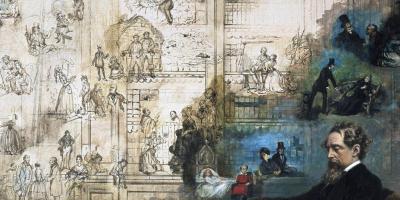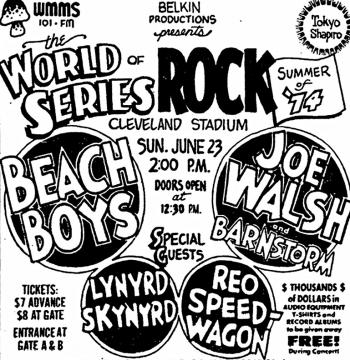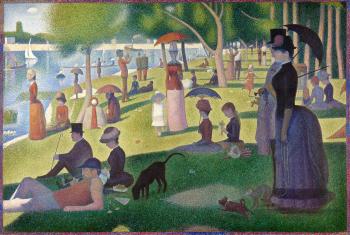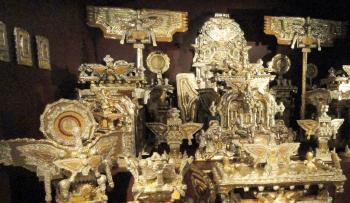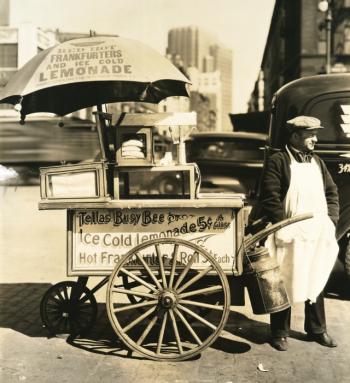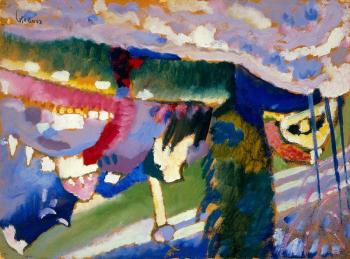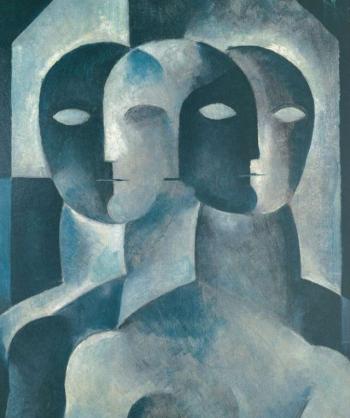Users Who Spiked
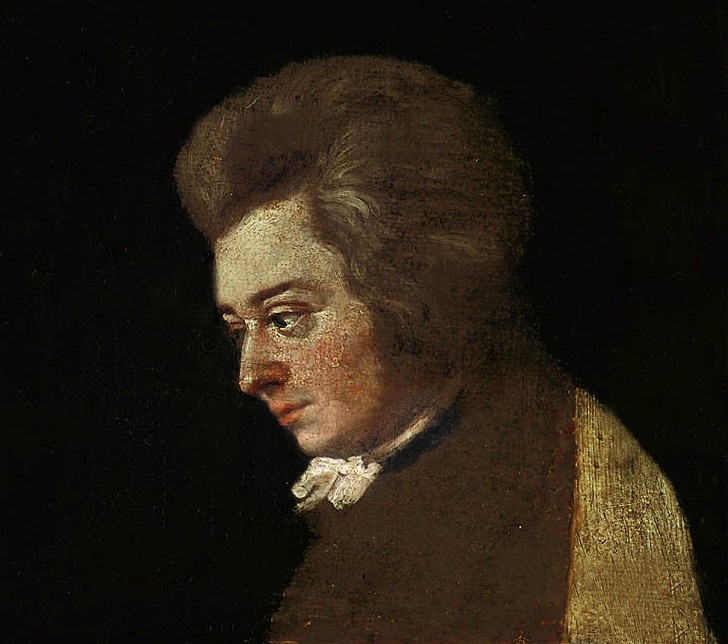
THE LONELY ARTIST
Private Notes
Private Notes
Notes
The Lonely Artist
When you think about an artist's life, you might imagine a bunch of people who get together in coffee shops and discuss the finer points of the art of the day. Certainly, this happens and did happen to the Impressionists in France and the Abstract Expressionists in New York.
But this is a very small part of an artist's life. Most of an artist's time, depending on the kind of art, may be spent alone. And as much as any other factor, being constantly alone can be difficult. So if you decide that you want to be a writer, for example, or a painter or a composer -- consider that you might be by yourself for long stretches of time. This can drive some people mad. There are many stories of writers who hole up in a cabin, determined to write the great novel, only to find that they cannot write in that kind of isolation.
Yet physical isolation is only part of the story. There are other isolating factors as well.
The picture that I chose to illustrate this article -- the unfinished portrait of Mozart -- was captioned by one writer, as "The Isolation of Genius." More than one highly revered artist has commented on how alone they feel. As much as he was loved, Elvis Presley felt very alone at the end of his life, for example. Others experienced this as well such as Mark Rothko, the painter. And these are artists whose work was generally accepted.
Before his work was accepted, however, Rothko had this to say:
The unfriendliness of society to his activity is difficult for the artist to accept. Yet this very hostility can act as a lever for true liberation. Freed from a false sense of security and community, the artist can abandon his [her] plastic bank-book, just as he [she] has abandoned other forms of security. Both the sense of community and of security depend on the familiar. Free of them, transcendental experiences become possible.
Mark Rothko
The Romantics Were Prompted, 1947
The solitary visionaries are despised or regarded as abnormal and eccentric.
Wassily Kandinsky
Concerning the Spiritual in Art
The poet becomes a seer, by a long, immense, and conscious disorder of all the senses.
Arthur Rimbaud
There is an assumption we all tend to make. And that assumption is that true genius will be recognized and rewarded. But this does not happen most of the time. Real genius often goes unrecognized for much of an artist's life -- if she or he is ever recognized at all.
There are many, many stories about famous works that were dismissed during the artist's lifetime. Here are some examples:
== Moby Dick, now considered the greatest American novel, was harshly criticized for its writing and style of storytelling. Melville died not knowing how well it would be accepted years later.
== The work of the French Impressionists was simply dismissed when it was first exhibited. Some critics even likened it to the ravings of a mad man. Specifically, they said the paintings were unfinished, not well executed, and at best might make okay wallpaper, but they certainly were not art.
== Robert Goddard, the great American rocket scientist, suggested in a paper that a rocket could be built to go to the moon. This suggestion was a very small part of a much larger paper, yet the press gleefully jumped on this as the ravings of a mad man -- pointing out that a rocket needed an atmosphere to push against but there was no such atmosphere in space. There was only one problem, the dismissive critics did not know rocket science and they were wrong. But it would take many decades and the death of Goddard before this became clear.
== Alfred Wegener was the first modern scientist to propose that continents moved over time in what he called 'continental drift.' This is now widely accepted and explains earthquakes and plate tectonics. However, at the time he was ridiculed. George Gaylord Simpson, one of the most influential scientists, made it his mission to 'debunk' this crazy idea and Wegener died not knowing that it would be accepted as one of the great theories of the modern age.
== Perhaps the best example is that of JS Bach. After he died, his work was ignored and not played for almost 100 years. And during those 100 years, a considerable amount of his work was lost. Critics considered him a clever, but not a very interesting musical mathematician. Today he is considered by some as the greatest classical musician.
This all means that if you have original and different ideas, don't expect that your work will be greeted with applause. It may, instead, be greeted with snickers or criticized by know-it-alls (who are often not well informed) as inadequate.
I say all of this for two reasons. You need to be prepared for a negative reaction from some people. Yet don't let that keep you from staying true to your feelings and your own vision. What others say about your work is less important. If your work is done professionally and well constructed then ignore the naysayers. Keep on keeping on.
In one of the saddest of art stories, the painter, Nicolas de Stael, was a very successful and popular painter around 1950. He managed to combine abstract art with representational art in a highly original and colorful manner and was widely admired for this achievement. Yet one critic who did not like his art came to visit him and savaged his work. While we do not know exactly what was said, we do know that de Stael jumped from the balcony of his studio on March 16, 1955, and committed suicide. So much for success. Today he is considered by some to be one of the greatest post-WWII painters.
Art takes courage. That may seem strange, but there it is.
The more your art is original and different, the more likely it is that it will be criticized. Yet you will not be alone in your struggle. You can perhaps take comfort from those who went before you and whose work won out in the end.



















